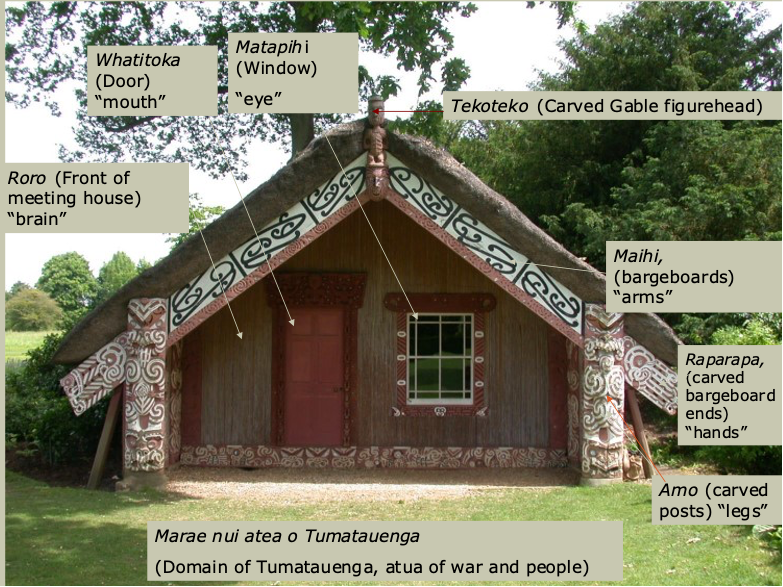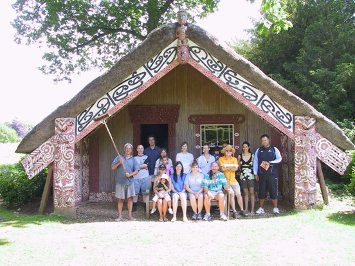Sep 9, 2021
Role of Creative Practice in Heritage Process: Speculative Pasts from Certain Futures. Past, Present and Future, Which Comes First?
- Methods Intensive Workshop
- Dept. III
- Dean Sully
Workshop 2, in partnership with Goldsmith’s Department of Design, will look beyond human-centered heritage practice and seek to engage with more destabilized ideas of temporality and the more-than-human. The intriguing contradictions and deep timeframes of the Anthropocene potentially help to free us from a human-centered focus, and allow us to step outside of current constraints in comprehending problems and taking action.
“The point of creating futures is to get people to imagine what they want and don’t want to happen down the road and maybe do something about it” (Piercy 1976, vii).
We will consider methodological tools for a heritage response to the Anthropocene through a consideration of past, present and future—which comes first? This will focus on critical speculation (fiction as method), which utilizes the tension between the real and constructed, the factual and fictional, which helps to disrupt the complex choreography of truth production long enough for it to be reimagined into a belief in the reality of newly-proposed worlds. This includes time travel, multiverses, projected pasts, retrospective futures, perturbation, retroactive causality, broken worlds, truth and insouciance, all used as methods for future making/world building in order to move beyond the plausible future and shape preferable futures. This will suggest an insurgent participatory heritage practice that highlights the exclusions, silences, and violences evident in a designation of heritage that “stays with the trouble” of deciding which heritage worlds are being cared for at the expense of which others. Speculations on the nature of authorized practice provide an opportunity to free practitioners from the constraints of their professional discourse by removing the consequences of their decision-making and action-taking in the real world.
These devices are used in heritage teaching and research at UCL, and have been applied in the speculative design project: The Illegal Town Plan and its Illegal Museum of Beyond’s exhibition, Objects of the Misanthropocene (https://misanthropocene.wixsite.com/museumofbeyond). This recent project involved a time travelling exhibition of objects from the Illegal Museum of Beyond in the University, at the end of the longest pier in the world. The workshop will build into a participatory thought experiment, in which you will be invited to propose your own Department of the MPIWG situated at the far edges of the Anthropocene. This provides a speculative exploration of heritage care for living as well as possible in more-equitable, more-than-human worlds.

Digital reconstruction of 1881 painted design, showing segments of the key architectural features (Emilia Ralston).

A painting-by-numbers canvas, a communal artwork painted by Hinemihi’s People at the noho marae in August 2010 (WHAT_architecture).

Cross-section of paint sample, showing layers of paint on Hinemihi’s Historic carvings (IsabelI Cardoso).

Hinemihi, the wharenui (Māori meeting house) at Clandon Park, UK: Hinemihi as a living being.

Hinemihi, the wharenui (Māori meeting house) at Clandon Park, UK: kaitiakitanga (maintenance) of Hinemihi in 2007.
Click on image above to view gallery
Contact and Registration
Space is limited and prior registration is required. To register, please fill out and email this form to event_dept3@mpiwg-berlin.mpg.de by August 26, 2021.
About This Series
In partnership with Goldsmith's Department of Design.
